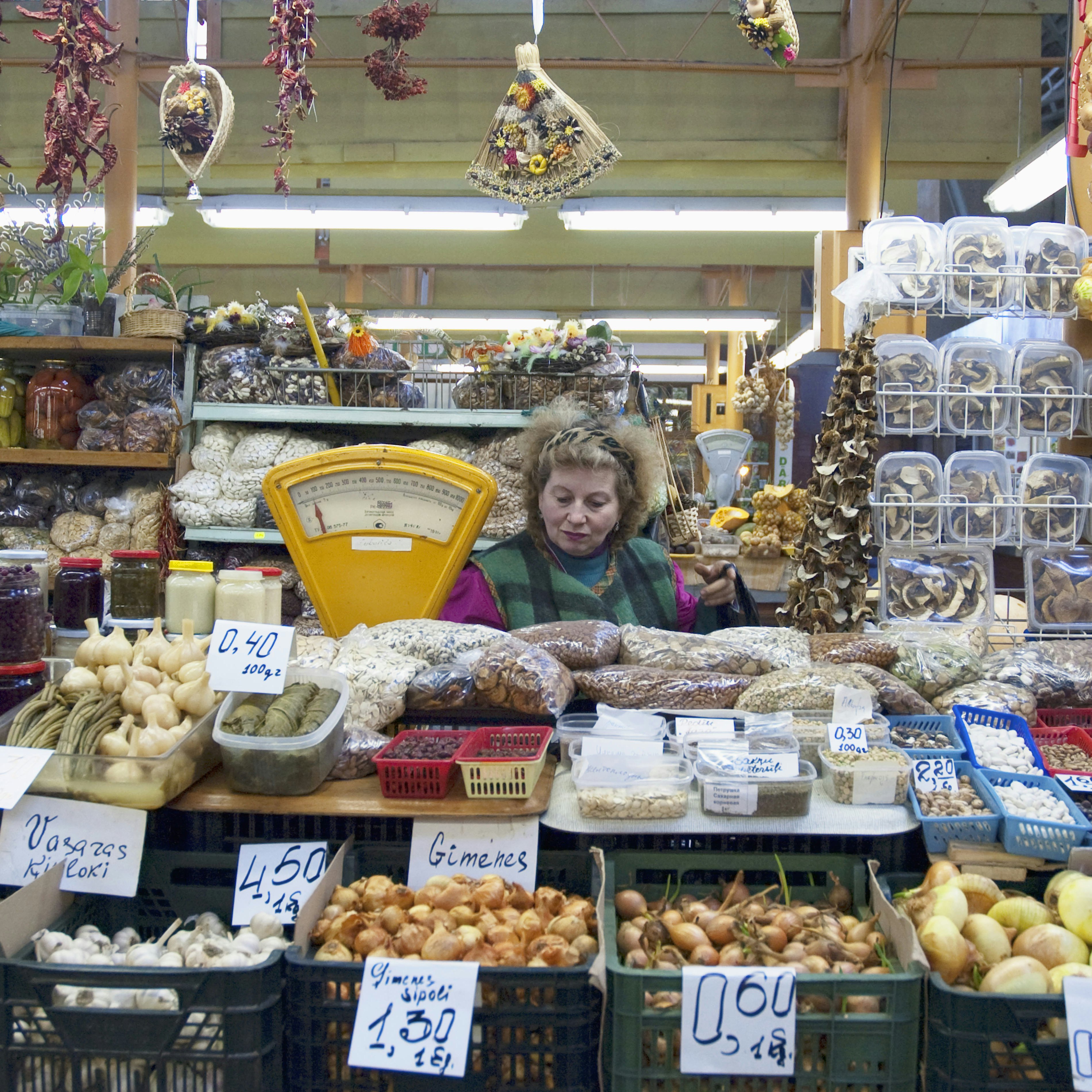
Overview
The Gothic spires that dominate Rīga's cityscape might suggest austerity, but it is the flamboyant art nouveau that forms the flesh and the spirit of this vibrant cosmopolitan city, the largest of all three Baltic capitals. Like all northerners, it is quiet and reserved on the outside, but there is some powerful chemistry going on inside its hip bars, modern art centres and the kitchens of its cool experimental restaurants.
Plan your trip with Guide, an AI travel planner!
Create a personalized trip itinerary in seconds using artificial intelligence.
Must-see attractions
Planning Tools
Expert guidance to help you plan your trip
Best Things to Do
Since re-emerging as the capital of Latvia, Rīga has evolved into a dynamic Baltic hub. From old town tours to nightlife, here are the top things to do.
Read full article
in partnership with getyourguide










